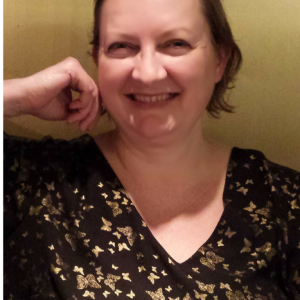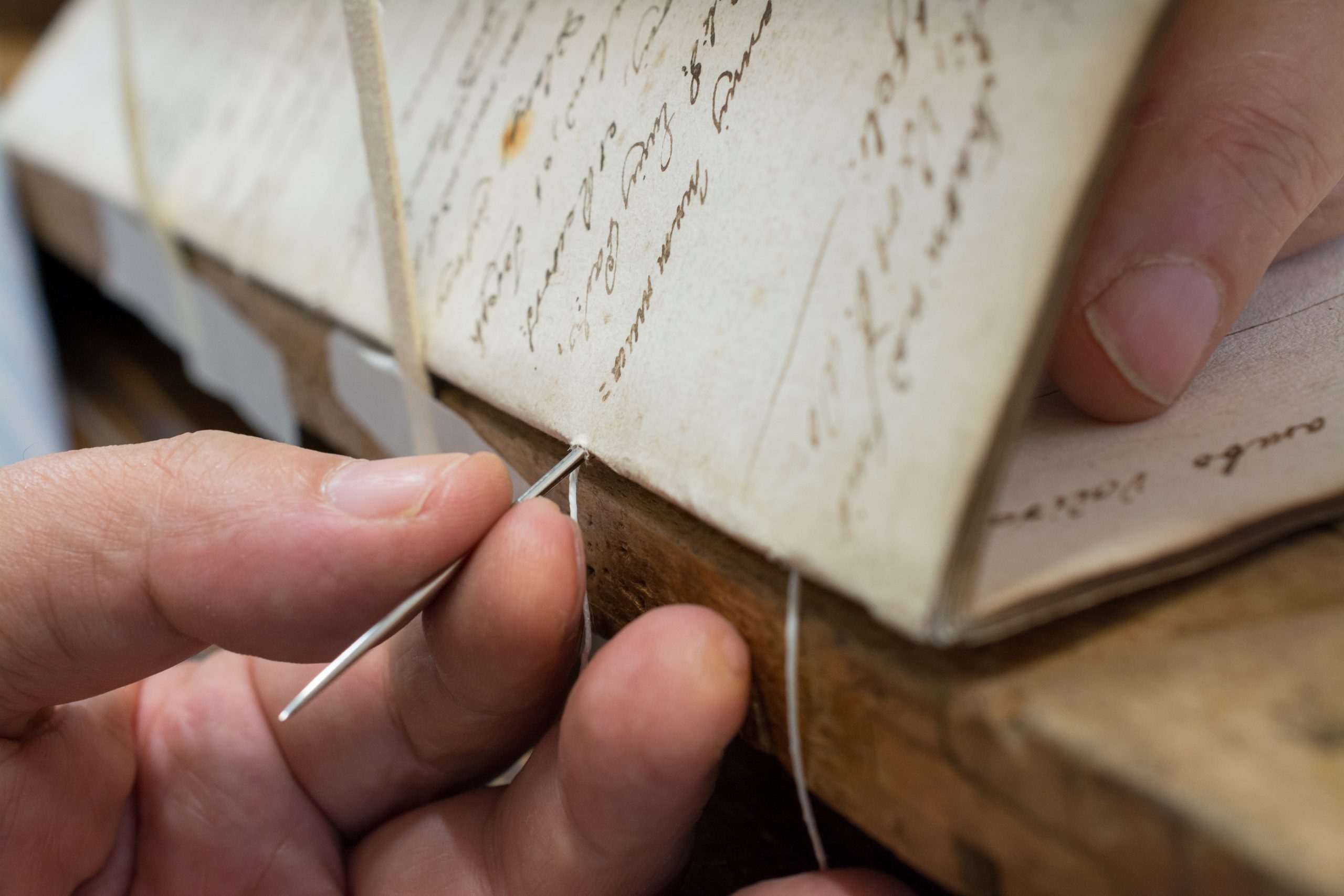Key Definitions to Remember When Formatting Your Book
Your story is written and edited. The next hurdle is how to make it available to your readers.
There are several options: you can use software such as Vellum to create a stunning e-book and print version. Or you can pay someone else to do it. Or you can format the text yourself with programs like Indesign or Affinity.
Whichever path you choose, this article will explain some of the concepts and terminology you will likely encounter.
Pro Tip: There are several sites that offer free ready-made e-book solutions. Some even support paperback creation. You upload your word manuscript to Kindle Create, Draft2Digital, or Reedsy, and the software does the rest.
What do you need to know to format a print book?
Trim Sizes
How big do you want your book to be? In the US, paperbacks tend to be 6x9 inches (15.24 x 22.86 cm). While this seems the obvious choice, it can result in thin books if your novel is around fifty thousand words. Aim for no less than two hundred pages if you pick this format.
8x5.25 inches (13.34 x 20.32 cm) is another very common format, particularly in Europe. If your page count exceeds 350 pages, it may result in a book that’s too thick to read comfortably.
Styles
However you write your book, you need a DOCX or PDF format to upload it to the various retail sites to create a paperback. The PDF is easily created from the DOCX so it’s important to set up the Word document correctly.
‘Styles’ refers to the formatting settings you define in Word. These include how you want to display your body text, headers, footers, chapter headings, the first line of the body text, scene breaks, and all other elements of your document.
Margins and Gutter
A margin is the space around your text on the printed page. You want your text to sit within generous margins without wasting paper. Writer and book formatter Derek Murphy recommends side margins of between 0.6 and 0.8 inches (1.5 and 2 cm), slightly less at the bottom, and slightly more at the top.
The gutter is the extra space where the pages meet in the binding. Some books don’t use any, others add 0.3 inches (0.76 cm) to the inner margin.
Chapter Headings
Headings are more than the visual start of your new chapter. For example, all formatting programs use headings to create a table of contents. They will also apply special formatting such as adding the name of the chapter, where the body text begins, or what the first line looks like. Insert link to Word formatting article here.
Pro Tip: Don’t bold the chapter headings in your word document. Instead, you need to define a ‘style’ for your headings and apply it consistently throughout your document.
Headers and Footers
Headers are the information at the top of each printed page. This could be the name of your book, the name of the chapter, your author name, and it may also include the page number.
Footers typically include the page number, but not always.
Pro Tip: Check out paperbacks in your genre to see what other authors include in their headers and footers.
Drop Caps and Scene Breaks
Drop caps are often used at the beginning of the first word of a chapter. They can be two or more lines, ornate or simple, depending on your genre.
Breaks between scenes can be indicated by several empty lines, three asterisks, or even a tiny graphic.
Templates
Once you’re happy with how you’ve set up your document, you can save it as a template. That way, creating future books in a series will take much less time.
A suggested order for your print book layout
As indie authors, we are not beholden to “how it used to be done” in regard to print books; however, there’s a suggested order to front and back matter. Readers are familiar with the layout, and it adds to the professional look of your paperback.
Front matter
The front matter is the name for the pages before your novel starts
The half-title page contains only the title of the book, omitting the author and publisher. Not all paperbacks use a half-title page.
The title page should list the main title plus the subtitle, the author’s name, and the publisher’s name, if relevant. Some print books also show the year of publication and acknowledge other major contributors to the book.
At the back of the title page, you will sometimes find the reverse title page, also called the copyright page. This should include the book title, author name, link to your website, year of publication, and basic copyright language.
The dedication page is optional, but it’s a great place to mention the people in your life who helped to make your writing dream a reality.
An epigraph is a short quote or poem. If used, it typically follows the dedication, but can also be found facing the Table of Contents or the first page of text.
The table of contents (TOC) is not a requirement for fiction books, although many authors include it if they name their chapters descriptively.
The foreword is usually written by a figure of authority. For non-fiction books that could be an expert in the field. It is far rarer in the fiction area, but sometimes, a co-author or even a bestselling author can provide a foreword.
The preface allows the author to expand on what inspired the book, plus details on their writing process.
The acknowledgements page is the place to thank others who enabled the book such as friends and family.
Back matter
The back matter are the pages after the main text. These are purely optional. In fact, many trade paperbacks don’t include any back matter and finish with the last page of text.
However, if a reader loves your book, they’ll likely want more. What better time and place to introduce them on the very next page to your back catalogue or the next book in series?
These are the pages where you can add a teaser chapter from your next book, a short link to sign up to your newsletter, a social media link, or a letter from the author (similar to the preface.)
What do you need to know to format an e-book?
There are several key differences to creating a paperback layout.
Font size is irrelevant since the display changes depending on the e-reader settings. You also don’t need to worry about page numbers, headers, and footers.
You will still need to consider formatting options like chapter headings, scene breaks, and first lines of body text.
What format is required for retailers?
All retailers will accept EPUB3. This updated format from the original EPUB gives you the option of ‘reflowable’ and ‘fixed’ layout.
Fixed means that the layout of the page remains static, no matter the e-reader. That might be useful for books that are image-heavy like children’s or cookery books. However, for the vast majority of writers, a fixed layout is not recommended.
Think about how PDFs appear on your e-reader. The content might slip off the page, and you have to scroll to read it all. Not the most comfortable reader experience.
Reflowable means that the text fits every screen size comfortably. The reader is able to adjust font size and style, and the text will rearrange itself on the screen. For anybody with visual challenges, changing to a different font or enlarging it might make all the difference while reading.
A suggested order for your e-book layout
The difference to the paperback order of front and back matter is small, but important.
All retailers require a table of contents.
You absolutely should have a copyright page.
All other elements of front and back matter are up to the author, but you might want to include a selection of the following:
A “thank you” page, followed by a request to leave an unbiased review. A Kindle popup will do that for you, but if you publish with other e-retailers, the reader might not be prompted automatically.
A mailing list sign-up page to collect your readers’ emails. Here, you can incentivize the readers by offering a free book or story, often called a reader magnet.
A page listing your back catalogue with direct buy links.
A preview to your next book with a buy link.
A bio page that aligns with your author brand and includes a social media or website link.
Please keep in mind that you don’t need to have all of these suggestions in your back matter. You don’t want to overwhelm the reader with a list of every single one of your social media links.
Pro Tip: Focus on one or two actions you want your readers to take. Avoid overwhelming them with too many links to click.
And there you have it. All the information you need to tackle formatting your book to make it the best possible. Knowing what the terms are before you start can make the process a lot less stressful.

